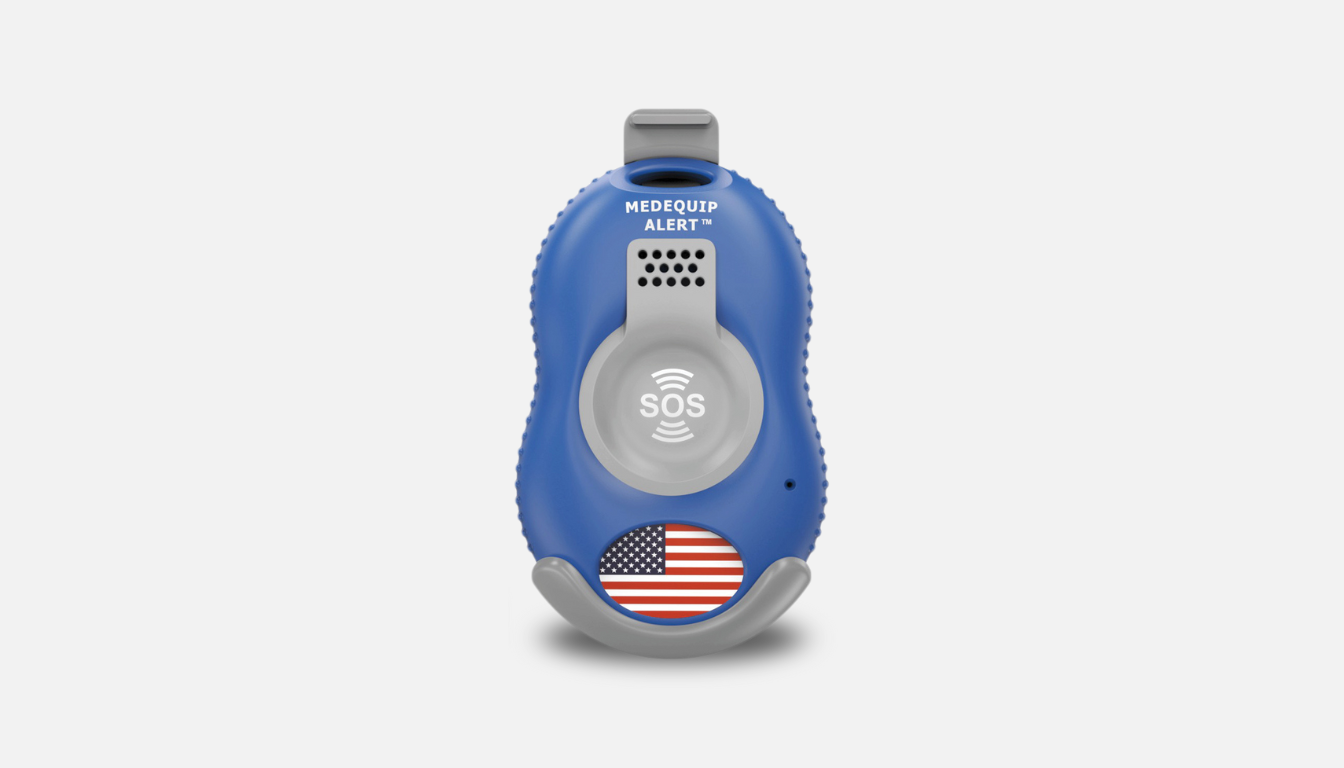
The Lifesaving Importance of Medical Alert Devices for the Elderly
As people age, the risks to their health and safety can increase significantly. From chronic illnesses and medication management t...

Seniorcenters.com is a free resource helping seniors and senior centers across America. Learn about our editorial processes.
The Older Americans Act (OAA) is a landmark piece of legislation that has played a vital role in supporting the aging population in the United States. Enacted in 1965, the OAA established a framework for delivering essential services to older adults, aiming to enhance their quality of life and ensure their dignity and independence. This article delves into the history, purpose, and impact of the Older Americans Act, highlighting its significance in the landscape of American social welfare.
The 1960s were a transformative period in American history, marked by significant social and political changes. The aging population was growing rapidly, and there was an increasing awareness of the unique challenges faced by older adults. Prior to the OAA, support for seniors was fragmented and inadequate, often leaving many without access to necessary services.
In response to these issues, President Lyndon B. Johnson signed the Older Americans Act into law on July 14, 1965, as part of his Great Society initiatives. The OAA was designed to address the needs of older adults comprehensively, providing a coordinated approach to delivering services and promoting the well-being of seniors.
The OAA established the Administration on Aging (AoA) within the Department of Health and Human Services (HHS) to oversee the implementation of the Act’s programs. The Act’s key provisions include:
The OAA provides funding for nutrition programs that offer congregate and home-delivered meals to older adults. These programs help ensure that seniors have access to nutritious food, reducing the risk of hunger and malnutrition.
The Act funds various supportive services, including transportation, adult day care, legal assistance, and health promotion programs. These services aim to help seniors maintain their independence and live in their communities for as long as possible.
Recognizing the vital role of family caregivers, the OAA includes provisions for caregiver support programs. These programs offer resources, training, and respite care to help caregivers manage their responsibilities and reduce caregiver burnout.
The Senior Community Service Employment Program (SCSEP) is another critical component of the OAA. It provides job training and placement for low-income older adults, promoting financial independence and community involvement.
Since its initial passage in 1965, the OAA has been reauthorized and amended multiple times to adapt to the evolving needs of the aging population. Each reauthorization has introduced new programs and strengthened existing ones, ensuring that the Act remains relevant and effective.
Notable amendments include the addition of the National Family Caregiver Support Program in 2000, which expanded support for family caregivers, and the reauthorization in 2016, which emphasized the importance of addressing elder abuse and promoting healthy aging.
The Older Americans Act has had a profound impact on the lives of millions of older adults in the United States. By providing a comprehensive network of services, the OAA has helped seniors maintain their independence, improve their quality of life, and stay connected to their communities.
The Act also plays a crucial role in addressing social determinants of health, such as access to nutritious food, social engagement, and economic security. These factors are essential for promoting the well-being of older adults and reducing health disparities.
Despite its successes, the OAA faces ongoing challenges, including funding constraints and the need to adapt to the changing demographics of the aging population. Advocacy and continued investment in the OAA’s programs are essential to ensure that it can meet the needs of future generations of older adults.
As the population ages, the demand for services provided by the OAA is expected to increase. Policymakers and advocates must work together to secure adequate funding and support for the Act’s programs, ensuring that older adults can continue to thrive in their communities.
The Older Americans Act is a cornerstone of the American social safety net, providing critical services and support to older adults. Its comprehensive approach to addressing the needs of seniors has made a significant difference in the lives of millions, promoting independence, dignity, and well-being. As we look to the future, continued commitment to the principles and programs of the OAA will be essential in supporting our aging population and ensuring that all older adults can age with grace and security.
No results available
Browse thousands of Senior Centers from around America. Senior Centers are an integral part of society and are the center of life for many seniors and aging adults.
Find a Senior Center which fits your needs using our search feature and keep up to date on all the latest news.
Click the icon to Ask Anything!
Advertisers are not endorsed by SeniorCenters.com or any senior center listed.
This site is not endorsed by or affiliated with any senior center or organization listed.
Just one helpful email per month – no clutter, just value.